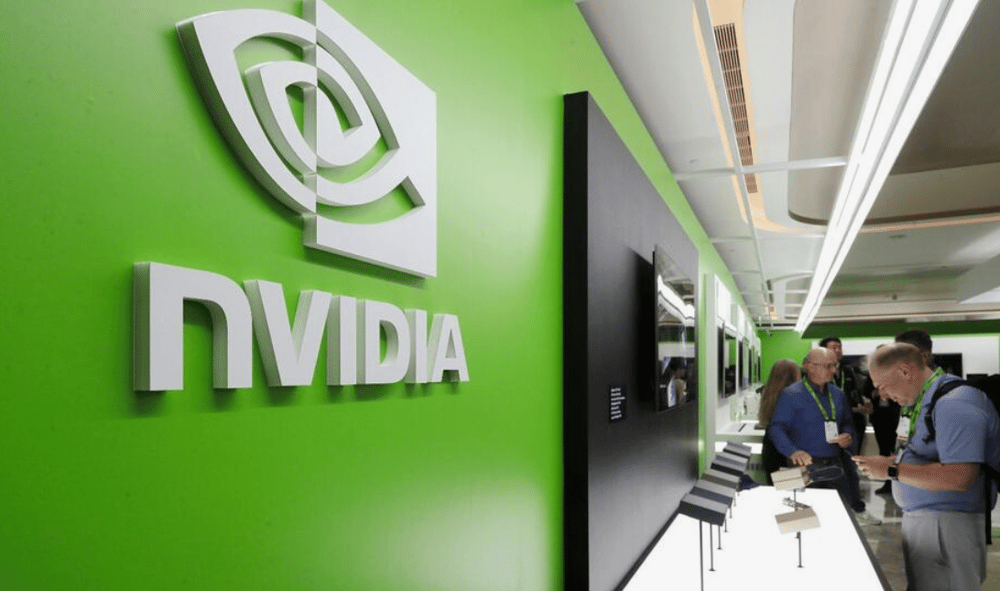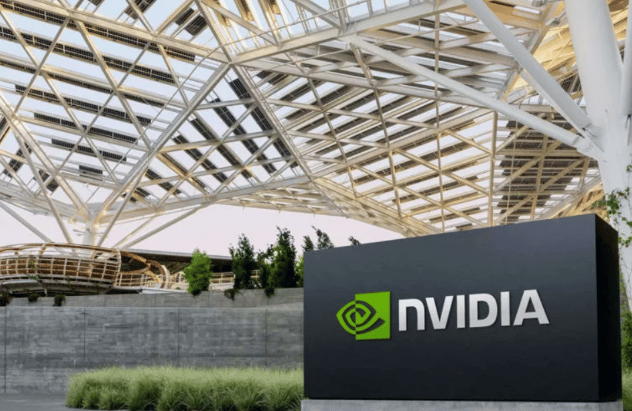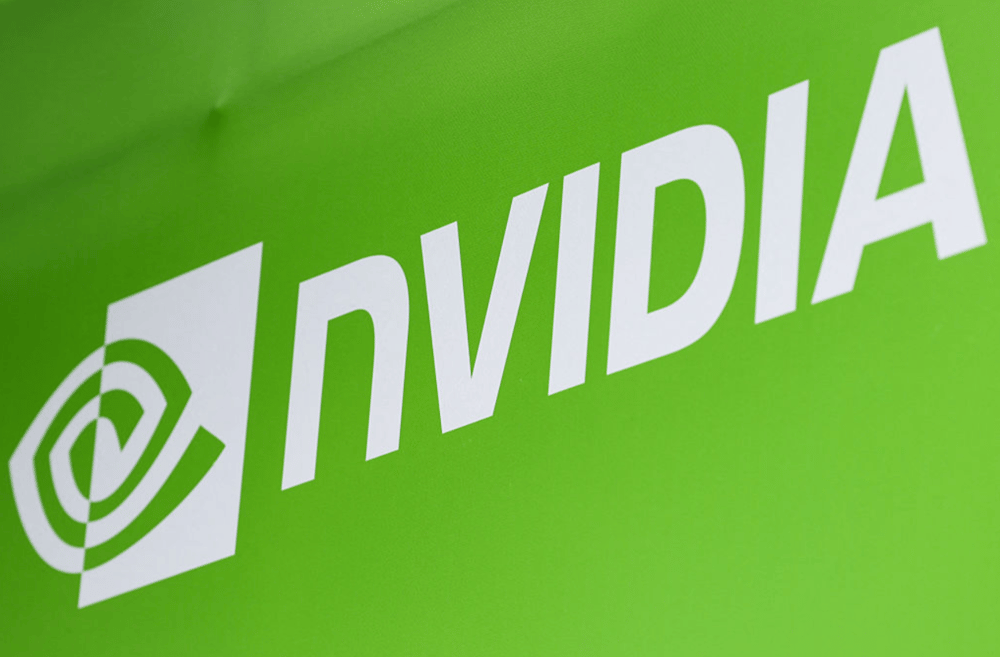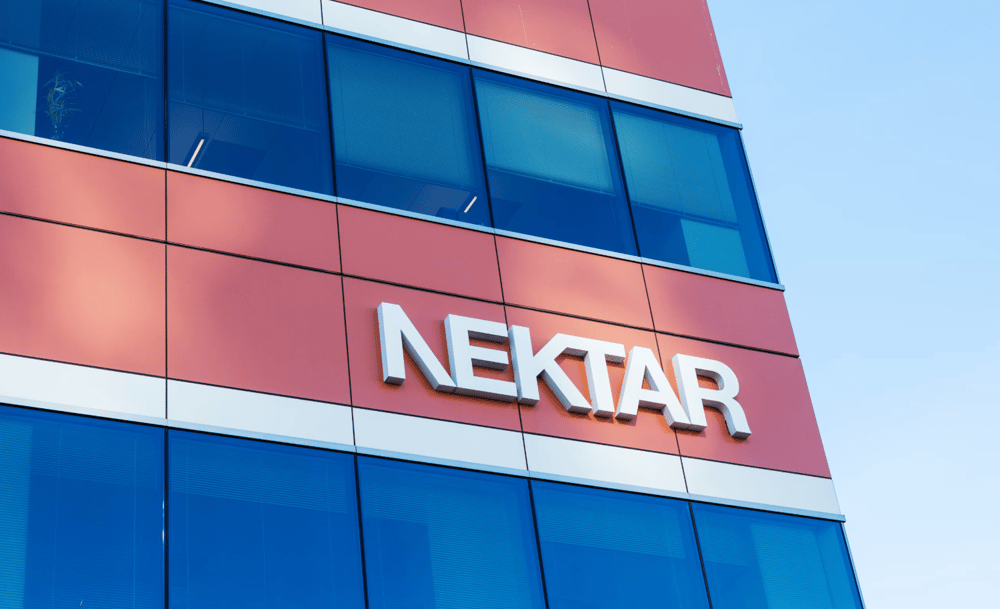Nvidia Q1 Earnings Preview: Revenue Growth and China Regulatory Impact
Nvidia Corporation $NVDA, a global leader in semiconductor manufacturing and artificial intelligence (AI) technology, is set to release its Q1 2025 earnings report on Wednesday. Market participants are closely monitoring the company’s revenue trajectory, which analysts predict will surge by 66.2%, reaching $43.28 billion. However, significant uncertainty remains regarding the impact of ongoing and evolving technology restrictions imposed by China on Nvidia’s operations. Meanwhile, regulatory relaxations in other jurisdictions may unlock new market opportunities, adding complexity to the company’s outlook.
Revenue Growth Prospects and Challenges from China Tech Regulations
Nvidia’s anticipated robust revenue increase reflects strong demand for AI chips and semiconductor products across various sectors, including data centers, gaming, and automotive. The company’s leadership in advanced GPU architectures positions it favorably to capitalize on expanding AI applications globally.
Nonetheless, China’s stringent technology controls present a critical risk factor. Restrictions on the transfer and sale of cutting-edge AI chips to Chinese firms could curtail Nvidia’s market penetration in the world’s second-largest economy. These limitations are part of broader geopolitical trade tensions, which disrupt supply chains and limit access to key markets for semiconductor firms.
Conversely, easing of regulatory constraints in other regions could partially offset China-related setbacks. New policy environments may facilitate Nvidia’s entry into emerging AI markets, fostering incremental revenue growth. However, investors remain cautious as the regulatory landscape continues to evolve unpredictably.

Key Facts
Nvidia expected Q1 revenue growth of 66.2% to $43.28 billion
Significant uncertainty due to China technology restrictions on AI chips
Regulatory easing in other regions could open new market opportunities
Nvidia leads global AI semiconductor market with advanced GPU technology
China remains a crucial but challenging market amid geopolitical tensions
Analysts emphasize mixed outlook amid strong growth and regulatory risks
Market Reaction and Expert Commentary on Nvidia’s Outlook
Investors are bracing for volatility around Nvidia’s earnings announcement, with the stock price sensitive to guidance on China business prospects. The semiconductor sector overall faces supply chain disruptions and fluctuating demand patterns, intensifying market scrutiny of earnings results.
Market analysts highlight that Nvidia’s capacity to navigate regulatory barriers will be key to sustaining its dominant position in AI chip markets. Some experts suggest that revenue growth may decelerate if China imposes tighter controls or if trade restrictions escalate.
Others point to Nvidia’s diversified global customer base and technological innovation as buffers against adverse effects. The company’s efforts to expand AI technology penetration in cloud computing, automotive, and enterprise segments underpin optimism about long-term growth.

Key Takeaways
Nvidia’s Q1 revenue surge underscores strong AI chip demand despite geopolitical risks.
China’s tech restrictions introduce significant uncertainty for Nvidia’s growth in Asia.
Regulatory easing in other markets may provide new revenue channels.
Semiconductor supply chain and trade tensions remain crucial factors for investors.
Nvidia’s innovation and diversified markets mitigate some regulatory risks.
Strategic Importance of Nvidia’s Q1 Earnings in a Complex Global Market
Nvidia’s upcoming Q1 2025 earnings report encapsulates the broader dynamics of the semiconductor industry—marked by rapid AI-driven growth tempered by geopolitical and regulatory challenges. The company’s projected revenue surge reflects its technological leadership and strong market demand, yet China’s technology restrictions pose material risks to future expansion.
How Nvidia balances these opposing forces will be pivotal not only for its valuation but also for the trajectory of the global AI semiconductor market. Investors and analysts will scrutinize the earnings data for signals on regulatory impacts and growth sustainability amid evolving trade and technology policies.















Comments
We're entering a phase where automation isn't just supporting growth — it's leading it
We're seeing automation emerge as a critical force behind scalable, future-focused solutions